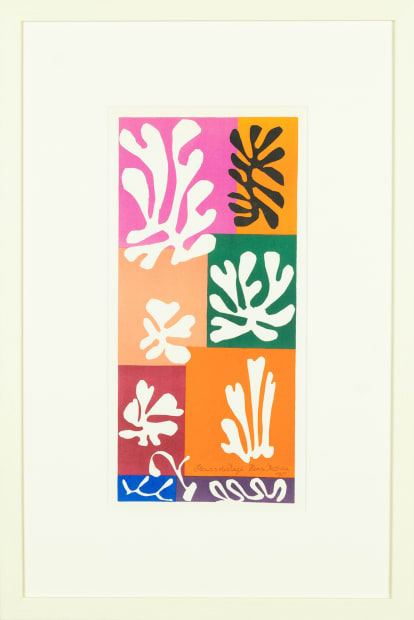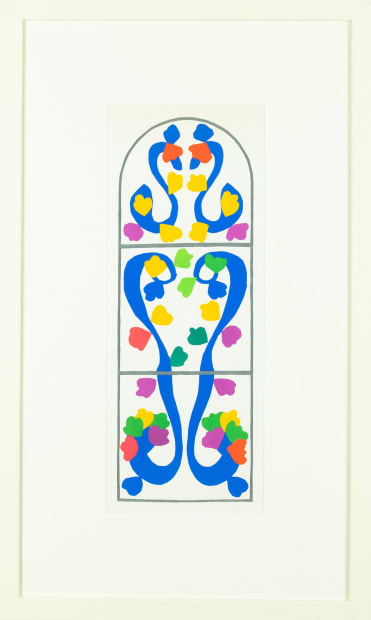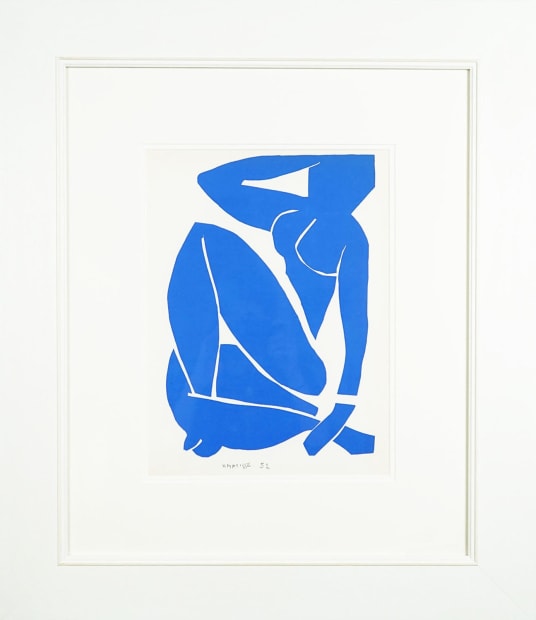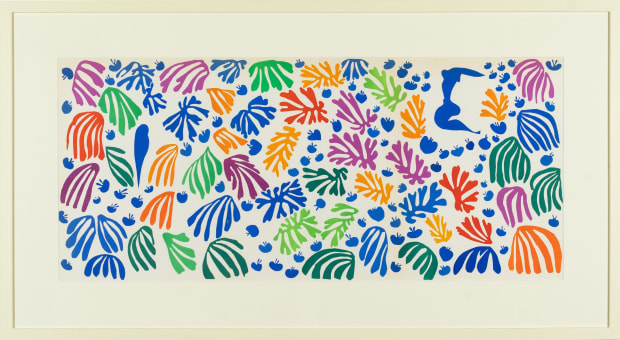-
Hidden is excited to offer the rare opportunity to purchase an original Henri Matisse cut-out. Lithographs from Matisse’s legendary Verve portfolio feature his most iconic cut-out compositions, such as his Blue Nudes and L’Escargot, and are from the only edition of the cut-outs that have been produced under the artist’s supervision. These timeless, highly sought-after artworks are perfect for collectors looking to either build up or enrich their art collection.
-
-
-
Since the cut-outs are Matisse’s most iconic works, the Verve portfolio has been endlessly copied, re-interpreted and reproduced without ever being bettered. The lithographs we hold are all original; they have all come from the first edition published by Mourlot and Tériade in 1958, the only edition in which Matisse had any involvement. As a result, the paper, colour, and specification are exactly as Matisse would have wished.
-
Coming soon to Bristol...
Between 8th - 21st May, we will be showcasing all forty lithographs from the Verve portfolio at our gallery in Bristol. Before they make their debut as part of our exclusive new exhibition, we've included a sneak preview of our collection's highlights below.
Spot anything you like? Register your interest with us via the link below to reserve an artwork in advance of our exhibition's opening.
-
-
-

-
To learn more about Henri Matisse, follow the link below for our Collector's Guide.
Subscribe to receive our weekly newsletter.
Be the first to know about new artwork, exhibitions, events and offers.
* denotes required fields
Sign up now to get exclusive early access to new inventory before it hits our website. As a subscriber, you'll also receive advance notice about upcoming art fairs, events, and special offers. You can read our privacy policy here.
















